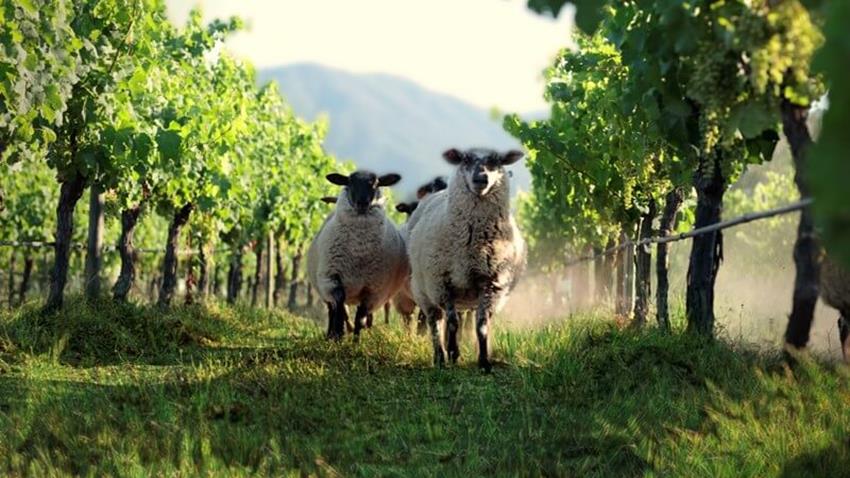
Chile’s long sliver of a country is a wonderful environment for producing superb pure wines. The highly effective natural boundaries of the sky-reaching Andes, the arid Atacama Desert and the rich and cooling Pacific oceans, mean that Chile has a beautifully protected ecosystem. The vineyards are quite unique in that they avoided the infestation of phylloxera, the devastating insect which decimated most of Europe’s vines in the late 19th century.
It is against this backdrop that Agustin Huneeus, the visionary founder of Veramonte, which produces the Primus range of wines, established his ground-breaking winery raised from the unheard of valley of Casablanca.
Chile has the wonderful natural advantage of having a naturally healthy habitat, allowing the grapes to express themselves without fear of illness and disease. There is little problem with rot, no phylloxera and fewer pests and diseases than other countries. It’s perfectly placed to embrace a purity of wine production, allowing the grapes to speak for themselves without modern-day farming interventions. Embracing ‘natural’ winemaking is the Holy Grail for Veramonte, but not every producer realises the wonderful conditions which they are blessed with, if only they would respect their environment. So to Primus…
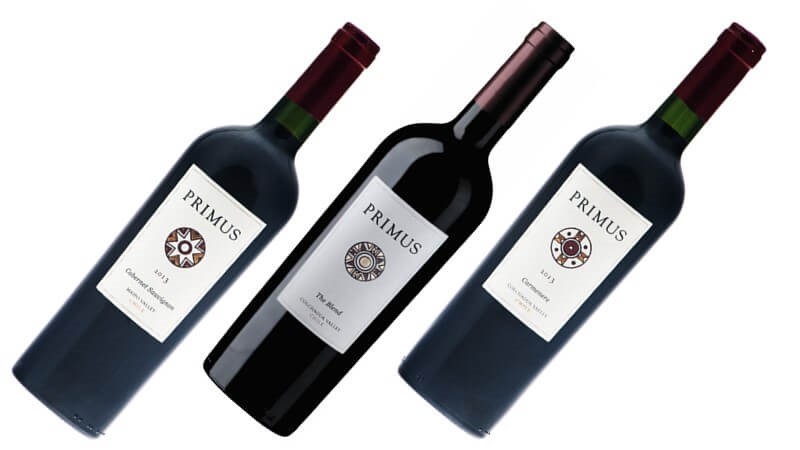
The Primus wines are a family of 3; The Blend, a Cabernet Sauvignon and a Carmenere. These wines have played an important part in Chile’s winemaking history and future and first came to my own attention over 10 years ago. Their intensity, power, suppleness and velvety texture imprinted themselves on my memory and I had the pleasure of introducing the Primus Carmenere to many a restaurateur who, without exception, swooned at the power and yet accessibility of the wine. It was a wonderful food match too, elegantly enhancing rich, meaty dishes and providing extra layers of flavour and aroma.
I was intrigued to see if the Primus wines still held their rich appeal, so it was with pleasure that I met up with their pioneering winemaker, Rodrigo Soto in London.
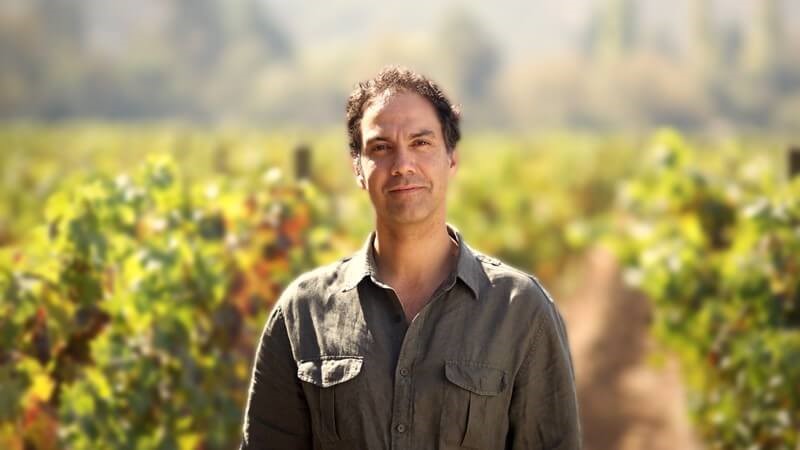
‘Today, we are producing a wine which has been losing weight, it’s a little slimmer’ he tells me. It used to be a big wine and today I feel more comfortable with a more mid-body wine and longer (finish), which is a good synonym for elegant wines’.
However what hasn’t changed, is the absolute commitment to quality and passion for wines which have their origin imprinted in their aromas and flavours.
Rodrigo told me that Primus ‘The Blend’ has grapes which come from Apalta and Marchigüe in the region of Colchagua. This is a well-known area for producing high quality red grapes. It’s twenty eight miles due east of the Pacific Ocean and the warm climate is moderated by two mountain ranges stretching north to south along the valley. He says ‘Colchagua has a warmer climate (than Casablanca Valley) and the wines have much rounder flavours. The wines are worked so that they are softer earlier making them more approachable.’ Colchagua’s climate and free-draining soils make it ideal for the Primus Blend grapes; 40% Cabernet Sauvignon, 24% Carmenere, 23% Merlot and the rest Petit Verdot and Cabernet Franc. It is very much a Bordeaux-style blend.
Agustin Huneeus founded Veramonte in the late 1990s. He was a ground-breaking owner, both in establishing the Casablanca area as a superb vineyard area, and in his belief that quality wines in Chile could be made from a blend of grapes. Most other winemakers at that time solely made wines from one variety. So, Primus, as the name suggests, was the first wine to blend Chile’s national grape, Carmenere with Cabernet Sauvignon.
Rodrigo Soto, the current winemaker, tells me that rather than wines being made from one variety or another, ‘they need to show a sense of place’. Like Huneeus he too believes that in the past ‘we have been too obsessed with stand-alone varieties; given the diversity of microclimates and different soils, it’s very clear that the potential of the country can be based on how you combine those elements into a single wine and make it a very interesting one.’
‘There’s a reason’ he continues, ‘why Bordeaux uses different varieties. You cannot expect to have high performance in every single variety every single year. You can make a wine that is very consistent. I believe consistency comes first’
An organic and biodynamic vision…
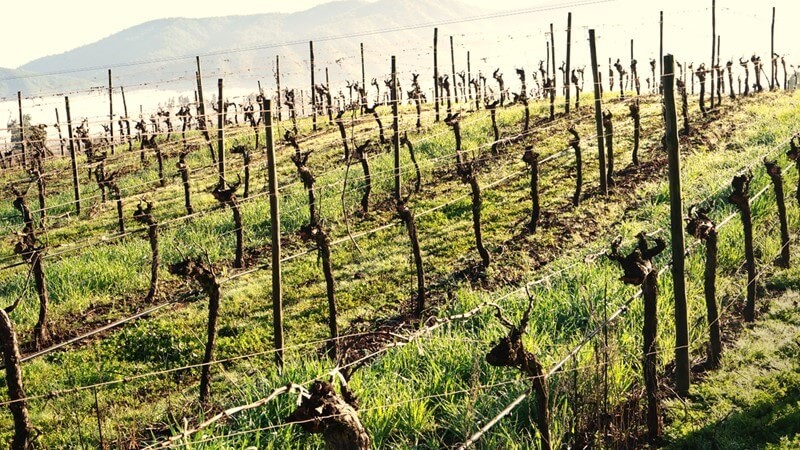
So Primus has been ground-breaking in terms of blending grape varieties, but today it is also ground-breaking in terms of the winemaking techniques which Rodrigo is passionate about. He is a strong advocate of organic and biodynamic methods of winemaking and it is enormously important to him that the Primus wines reflect their sense of place.
As a winemaker, Rodrigo Soto has a long history pioneering organic and biodynamic methods in California and Chile for some of the foremost proponents of biodynamic winemaking, such as Benziger in California.
When he joined Huneeus at Veramonte, it was his stipulation that he should be allowed to convert all the vineyards to organic production. It is, therefore, a testament to Rodrigo’s expertise and persistence that, 6 years on, in 2017, all 500 hectares of their vineyards have achieved organic certification. He says ‘it was a huge step because it was cultural. For me going from organics to biodynamics is a very easy step’.
Rodrigo is very critical of conventional farming, believing that it is a one-way street depleting the soil’s natural resources. He says ‘conventional farming is the same as mining, I see no difference'. His approach, converting the vineyards to organic and biodynamic practices, is centred on improving the soil’s fertility. ‘Our purpose is to find quality, we are not carrying any environmental flag’.
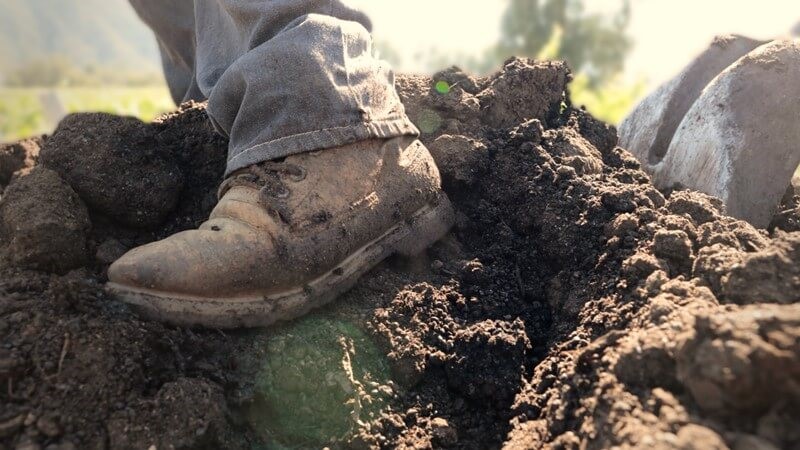
‘Our biggest limitation in Chile is soil fertility’. Rodrigo’s belief is that increasing fertility will bring his soils to life which in turn will allow his vines to achieve longevity, which in turn will enable them to produce fruit which will really express a sense of place.
One of the key areas he has great belief in is building up quality compost. ‘Composting is the art part of farming’ he tells me. Rodrigo believes that by using materials which have finished their purpose in life, such as composting the spent grape skins, using cow manure, ‘it’s resurrection. The ashes are utilised for the next generation to live’. It’s also about creating a holistic ecosystem, in bringing plants and animals together, so at Veramonte they have a flock of sheep to help with grass mowing in between the rows of vines, whilst also obtaining manure and they plant cover crops to protect the soil.
So Rodrigo’s approach in the vineyard all revolves around working with nature and promoting life within the vineyard soils to create a living ecosystem which in turn will produce quality fruit and subsequently enable Primus wines to reflect their provenance, year after year.
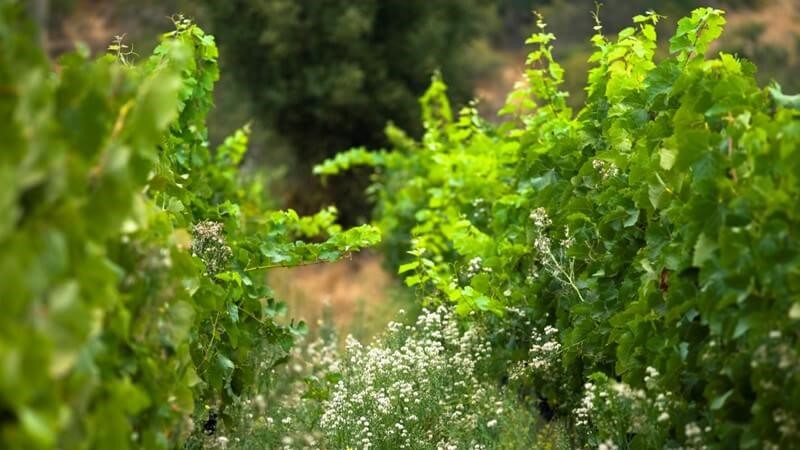
The wines are then made with the same intense winemaking practices reserved for the top wines of the world; low yields to provide concentration and intensity, only using the most pristine berries and then ageing in French oak for 12 – 14 months. The end result are wines with elegance and a particularly long and sustained finish. Organic and biodynamic here are definitely a by-word for intensity and quality, not always the case in this sometimes controversial arena.
Tasting Primus, the Blend, a combination of Cabernet Sauvignon, Merlot and Carmenere, I am struck by the flow of aromatics, scrolling through blackberry, blueberry and cherry adding complexity with hints of leather and dried herbs. The palate, whilst intense and powerful, also encapsulates a soft elegance highlighted by the purity and length of more summery flavours of strawberry and plum.

Primus, the Cabernet Sauvignon, takes it fruit from the warm dry climate of the Maipo valley which encircles Santiago. The 2013 vintage won Silver in the 2016 Sommelier wine awards, showing lively aromas of redcurrant, cherry and fig, with soft tannins and a silky finish.
The final wine of the Primus trio is the Primus Carmenere. Rodrigo has not been a wholehearted backer of what, to many, was termed Chile’s national grape. He says ‘we didn’t have a clue how to make Carmenere’s early on, but we sent them to market with this beautiful story, but guess what, the wines were green, astringent and herbaceous. But after 20 years we are starting to know how to produce good quality Carmenere.’

And I am pleased to say he’s right, the 100% Primus Carmenere is a rich, intensely-flavoured wine, with beautiful ripeness, structure and balanced acidity. No underripe notes in sight. No wonder James Suckling stated ‘Now one of the best Carmeneres in Chile’.
And I have to agree. The authenticity of all the Primus wines is a testament to Agustin Huneeus’ and Rodrigo Soto’s vision for a healthy, living vineyard ecosystem. Their philosophy plans for future success by promoting life in their soils which will allow future generations to ‘ inherit a property with fertility rather than a cemetery’, as Rodrigo so eloquently puts it.
If only this was the ethos of farming the world over.

